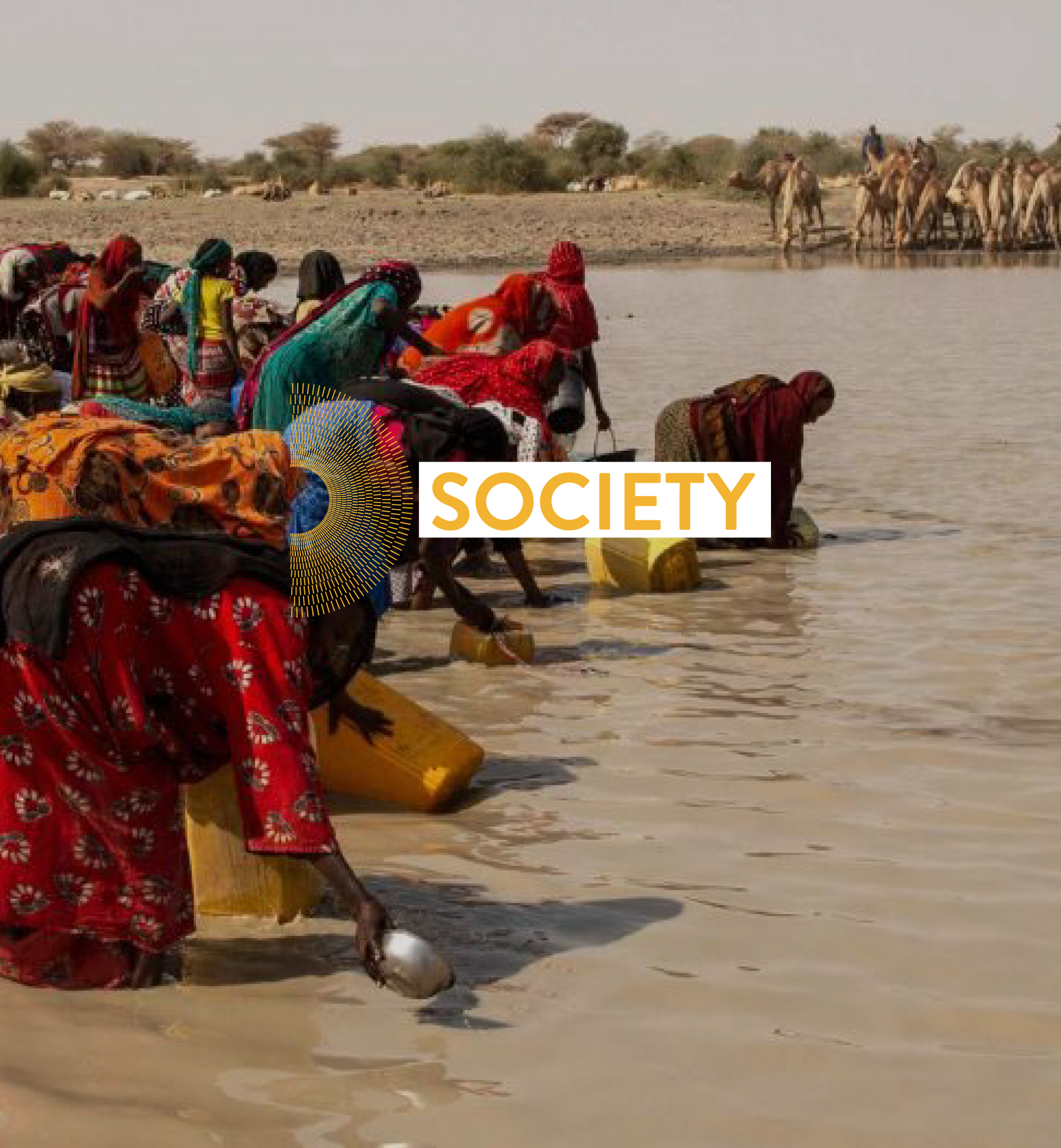
Author: admin


AMBITION: supporting education of young professionals across Europe and Africa
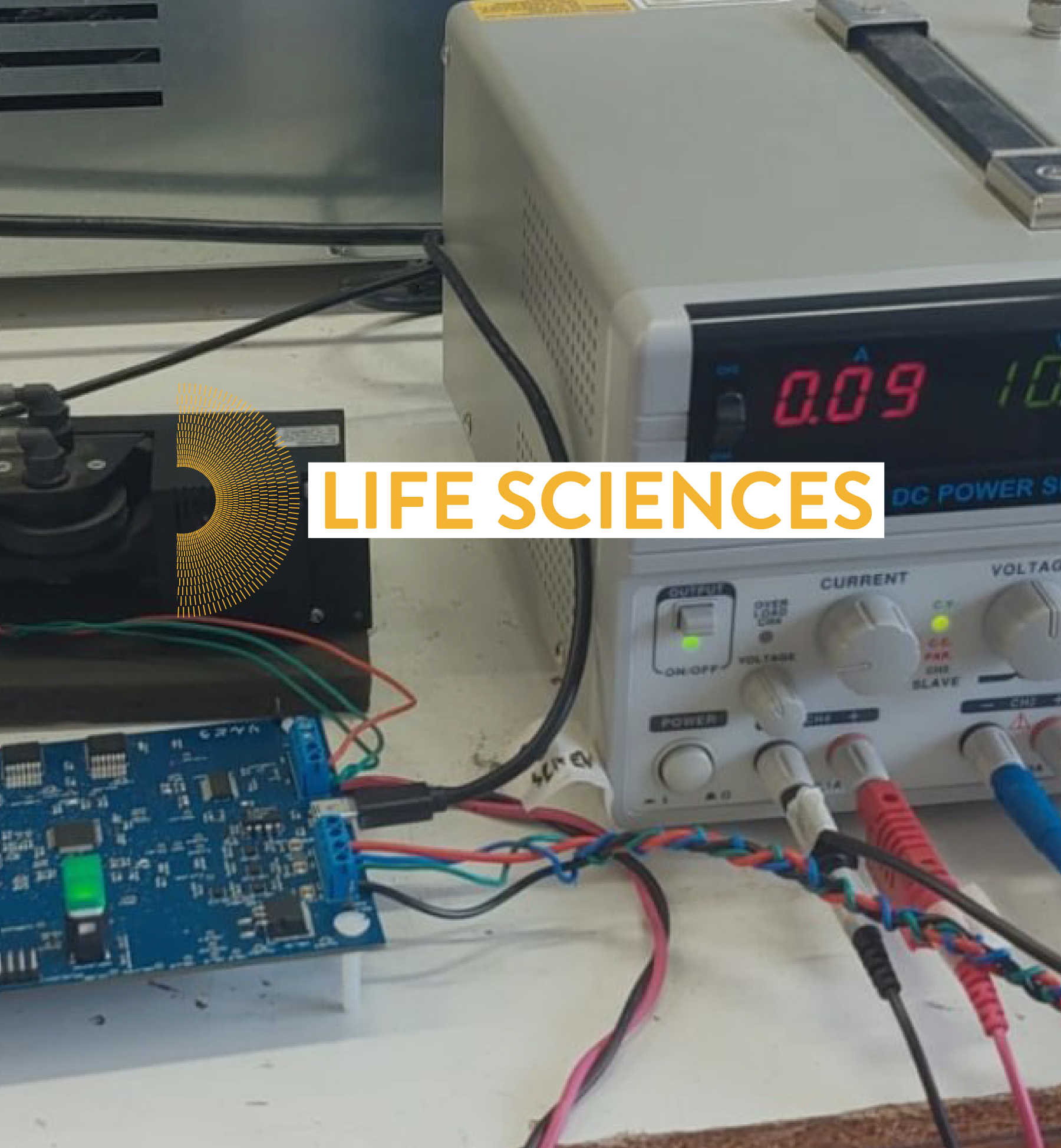
Diagnosing prostate cancer using an “electronic nose”

New play area opened in Milan’s San Siro neighbourhood
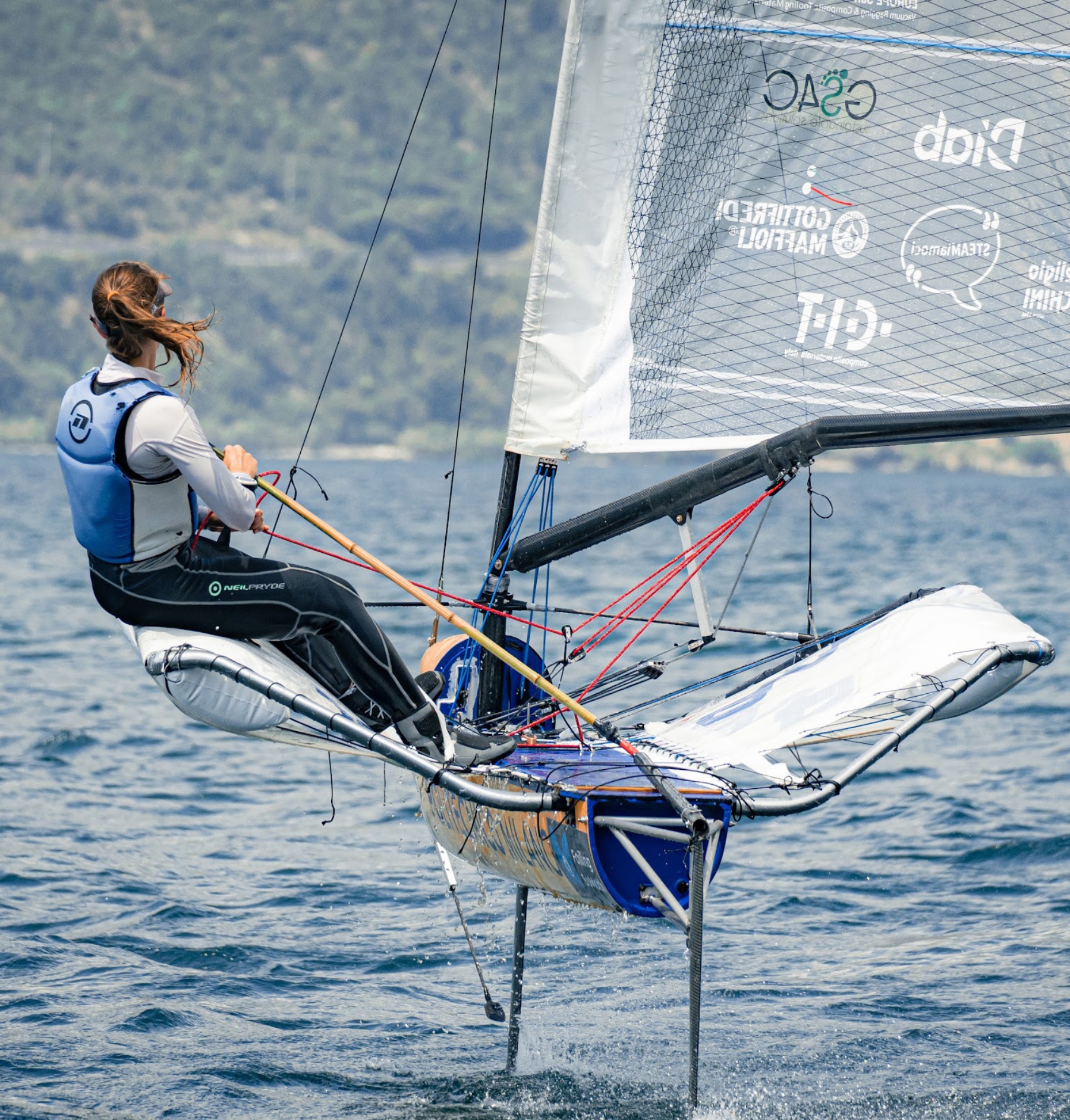
Polimi Sailing Team: prototypes of sailboats that take flight
SINCE 2007 they have been designing and manufacturing racing sailboats to participate in international competitions. They are the girls and boys of the Polimi Sailing Team: in the last edition of the SuMoth Challenge, held this summer, they won first place in the design and second place in the regatta with their prototype Teti, competing with over one hundred and fifty teams from four corners of the world.
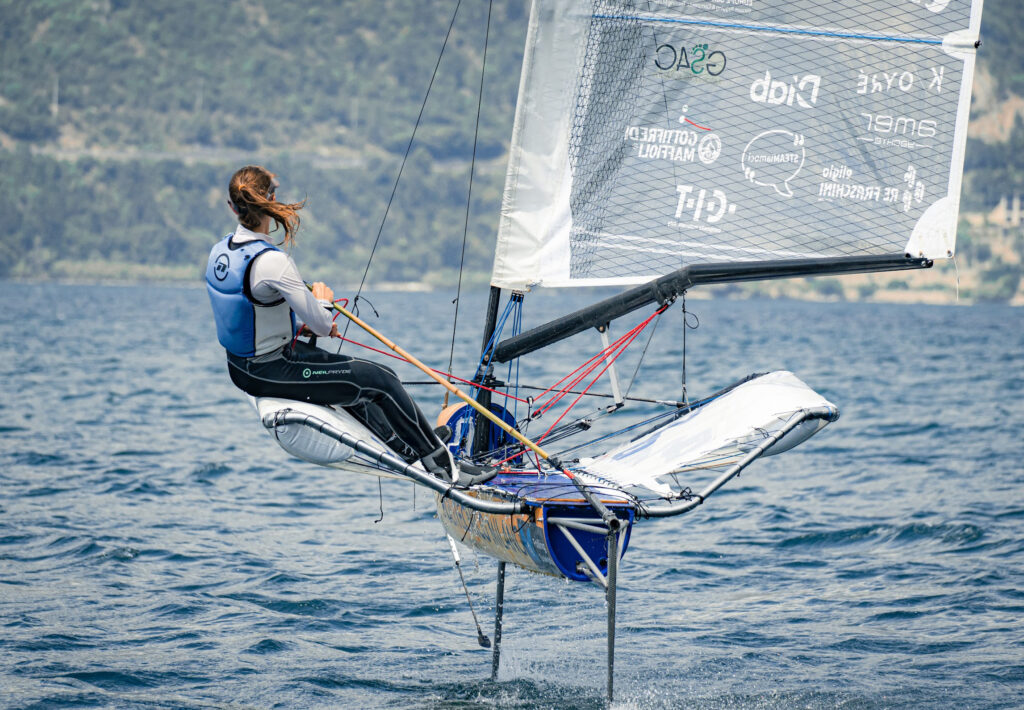
Teti is a champion of innovation: at this link we can see her take flight over the waters of Lake Garda. Evaluation is based on the sailing skills during the regatta, on the engineering and design component and on sustainability.
'Those of the SuMoth Challenge were stimulating, tiring but wonderful days’, says Beatrice Rimoldi, team leader. She is attending the last year of a master's degree in Aeronautical Engineering. ‘We were able to really team up because everyone believed in the goal we were there for - to win - and didn't hold back. The guys on the team worked late into the night to fix boat breakages that occurred in the water so that Teti was always ready to take to the race course the next day. Getting on the podium was the recognition for months of intense work’.
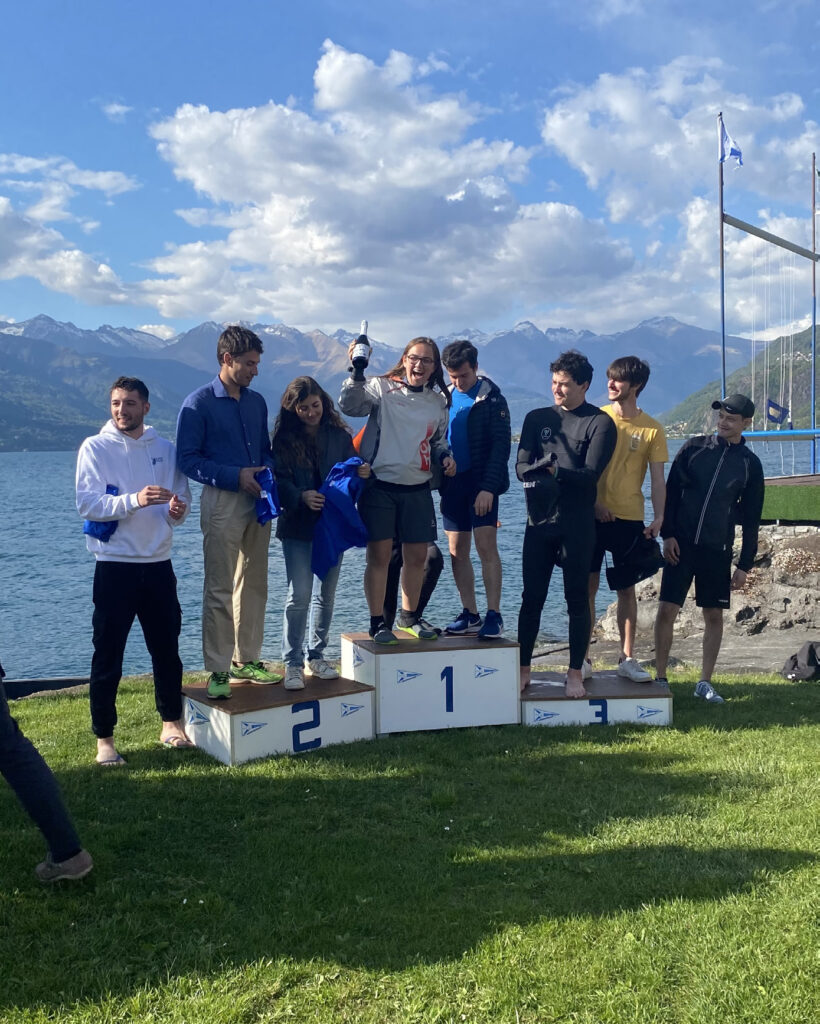
Marta Zattoni, in charge of logistics, in her first year of a master's degree in Biomedical Engineering as well as helmsman of Teti, remembers some moments of those months of work:
‘During the tests we had problems because it is a prototype made with recycled materials, therefore easily subject to breakage; you get out of the water and count the things that are broken. For me, who was born as a sailor and experienced sport as something solitary, it was wonderful to see that when I returned to shore there were twenty, thirty people ready to help me, who couldn't wait to get their hands on the boat and fix it. It was really like being on the water with the whole team because we were all involved’.
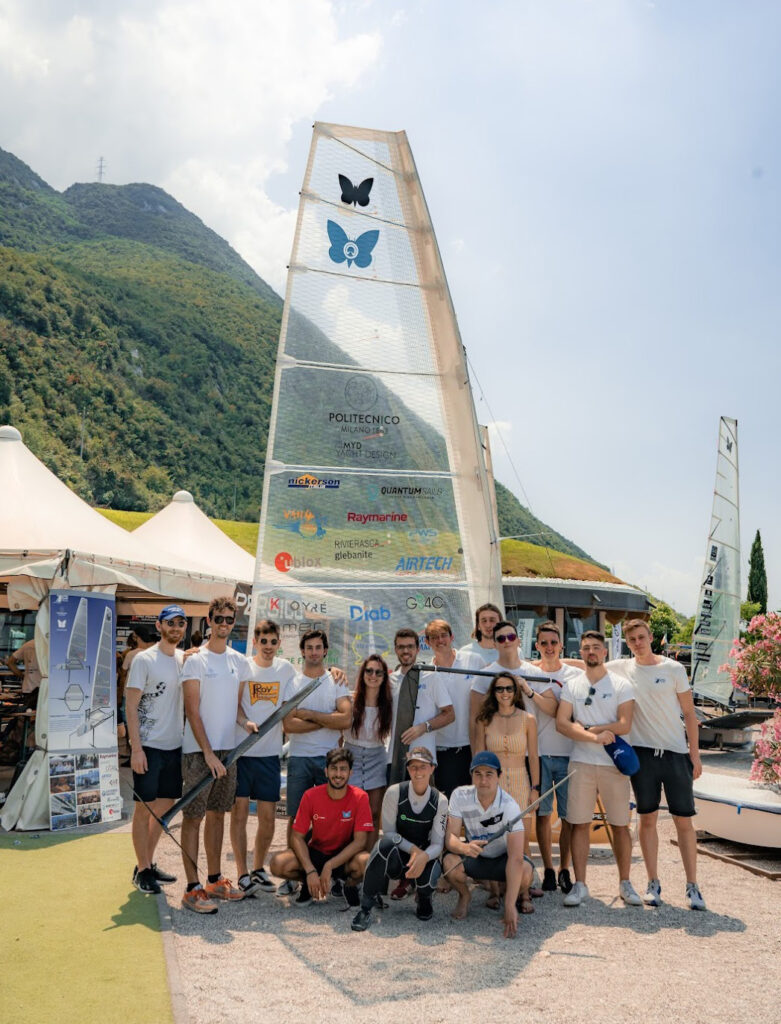
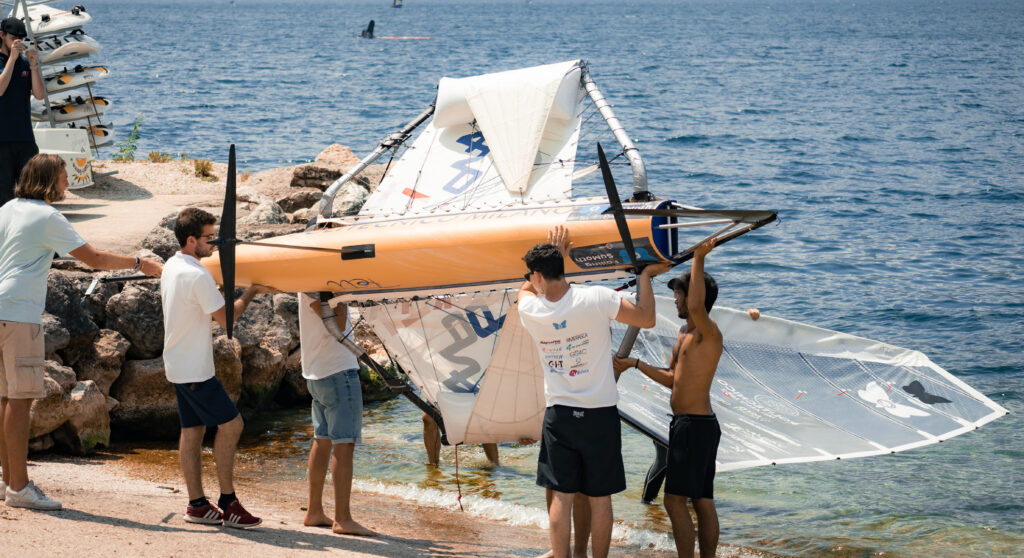
Then, she recalls the turning point: ‘The most critical phase when sailing with foiling boats is the take off, that is the moment in which you pass from a displacement gait with the hull on the water to a foiling pace with the hull detached from the water and only the appendages immersed. When using a prototype there is always the unknown, you always ask yourself: ‘Will it fly?’. It was exciting when I was able to fly with Teti for the first time because it was the moment in which we all understood that the prototype was working’.
Read the full story in MAP issue 11 starting from December

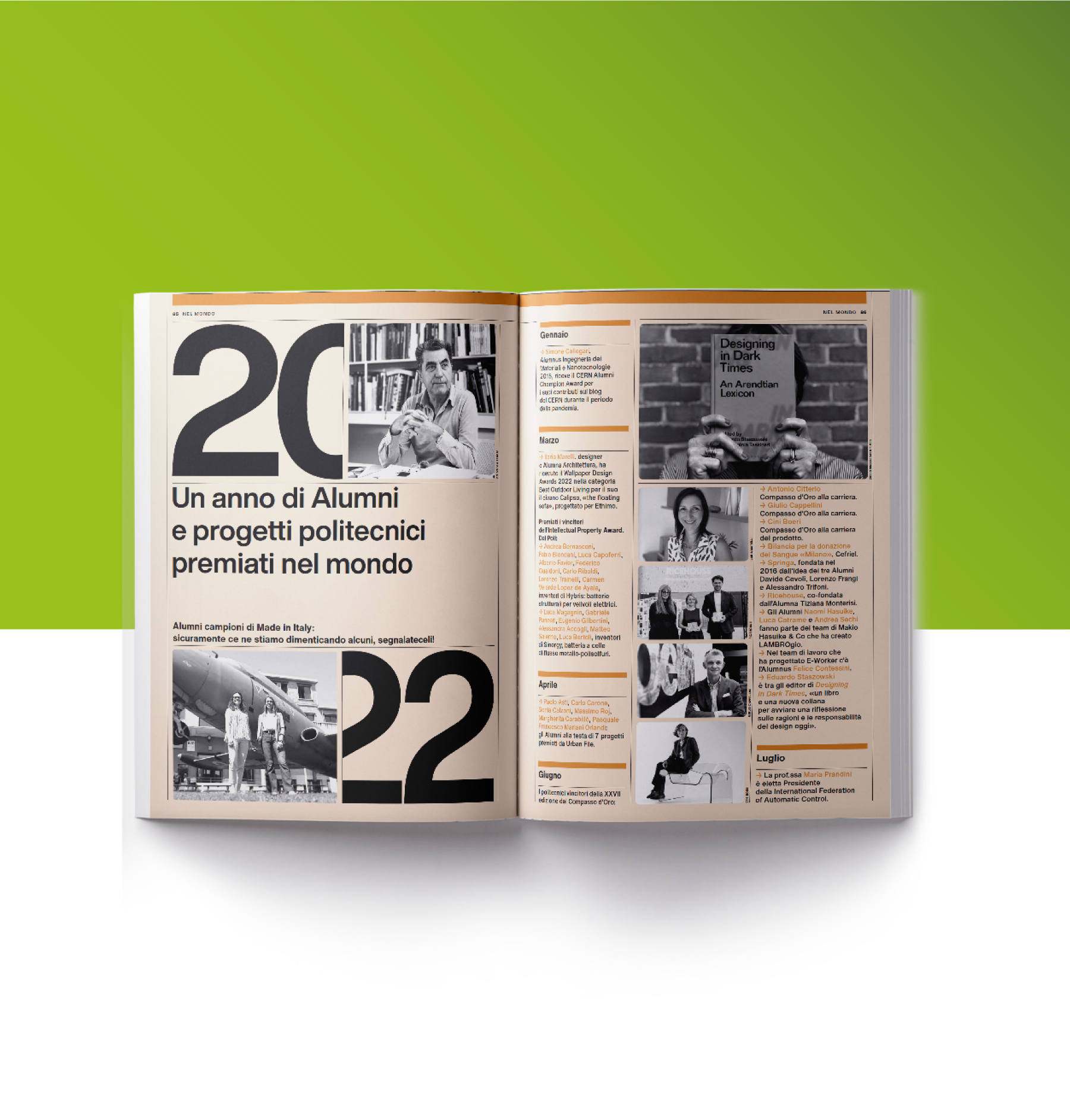
The 11th issue of MAP, the Alumni magazine, is here!
MAP, the magazine dedicated to the architects, designers and engineers of Politecnico di Milano, is back with its 11th issue, which, as always, was made possible thanks to the financial support of its donors.
This issue offers you a constantly up-to-date reading experience thanks to the QR codes , that will take you to countless content on the web, photos and videos to delve into the news. But this new feature does not change MAP’s core essence: you will still find the same care in telling you about your Politecnico, the latest updates and the achievements of the Alumni and Alumnae, who contribute substantially to the University’s development.
Happy reading!

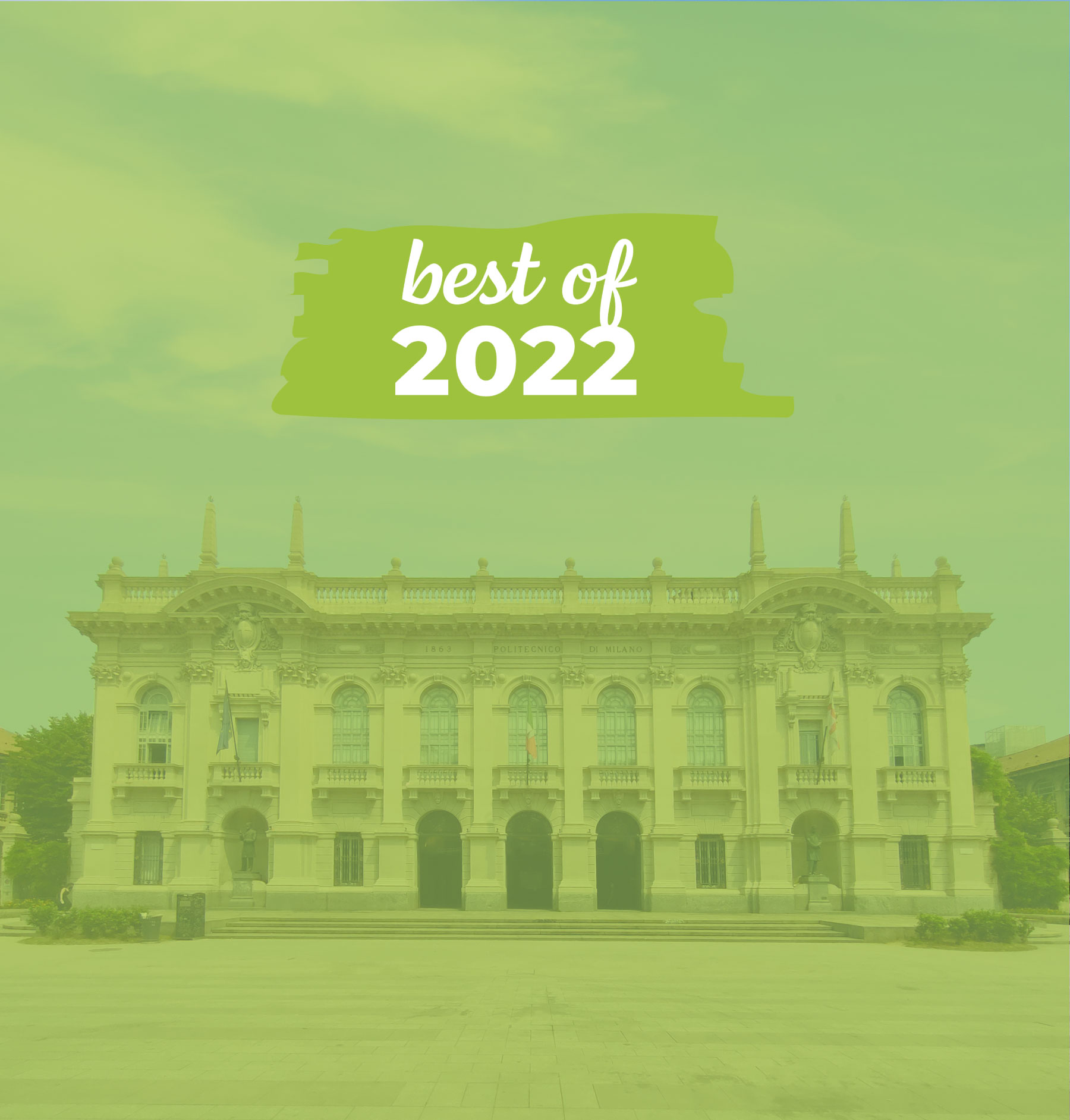
2022: a year of globally award-winning Politecnico Alumni and projects
JANUARY
- Simone Callegari, Materials Engineering and Nanotechnology 2015 alumnus, receives the CERN Alumni Champion Award for his contributions on the CERN blog during the pandemic.
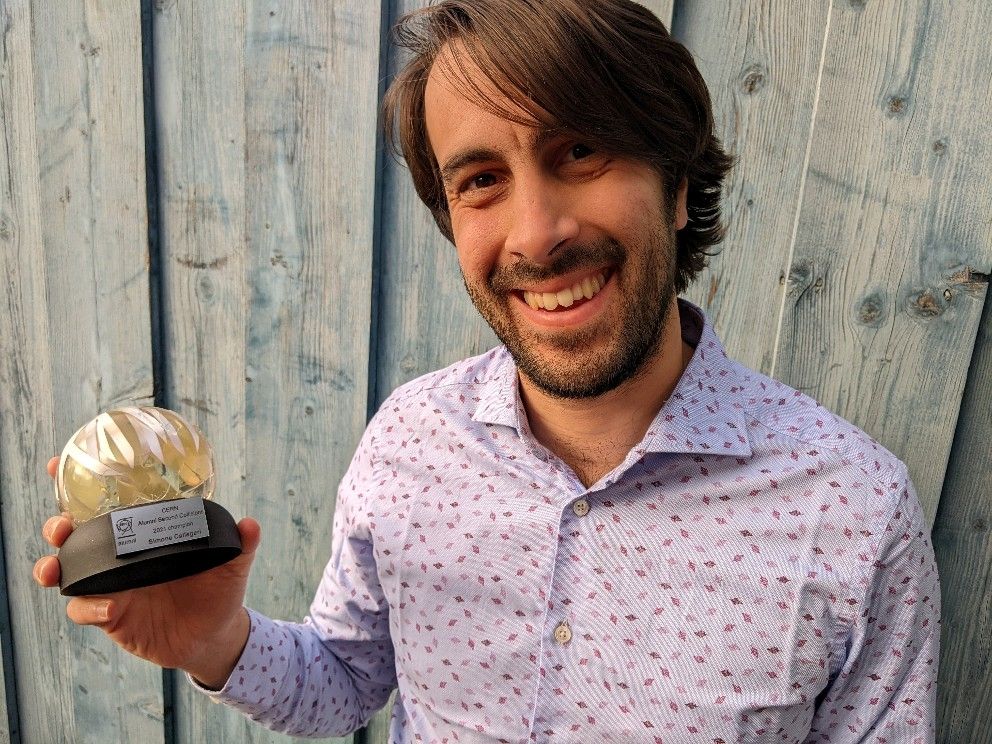
MARCH
- Ilaria Marelli, designer and Architecture alumna, receives theWallpaper Design Awards 2022in the Best Outdoor Living category for her Calipso sofa, “the floating sofa”, designed for Ethimo.
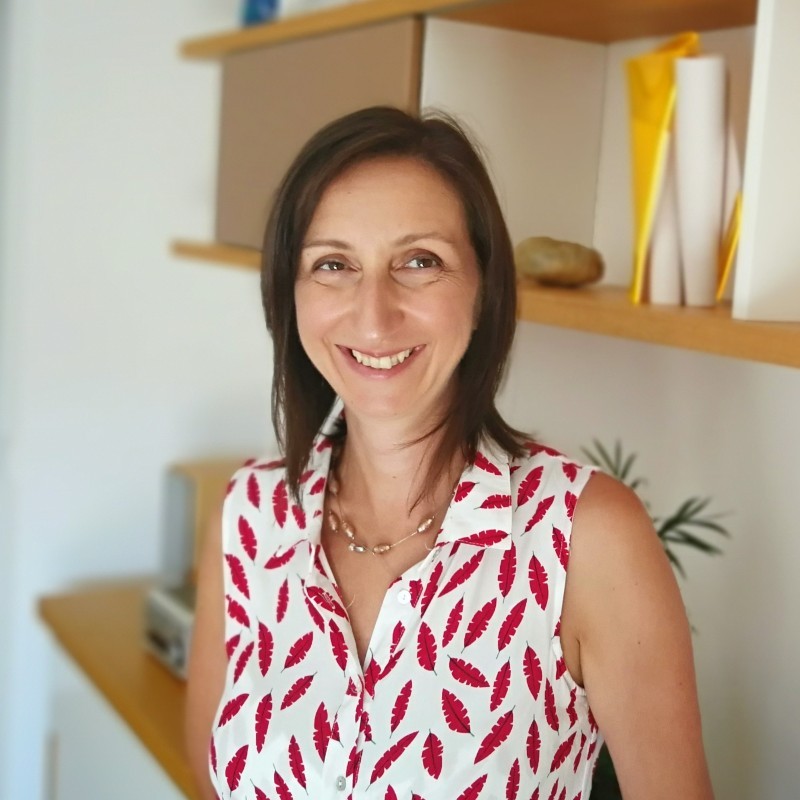
Winners of the Intellectual Property Award. From Poli:
- Andrea Bernasconi, Fabio Biondani, Luca Capoferri, Alberto Favier, Federico Gualdoni, Carlo Riboldi, Lorenzo Trainelli and Carmen Velarde Lopez de Ayala, the inventors of HYBRIS: structural batteries for electric aircraft
- Luca Magagnin, Gabriele Panzeri, Eugenio Gilbertini, Alessandra Accogli, Matteo Salerno and Luca Bertoli, inventors of SINERGY: a metal-polysulphide flow cell battery
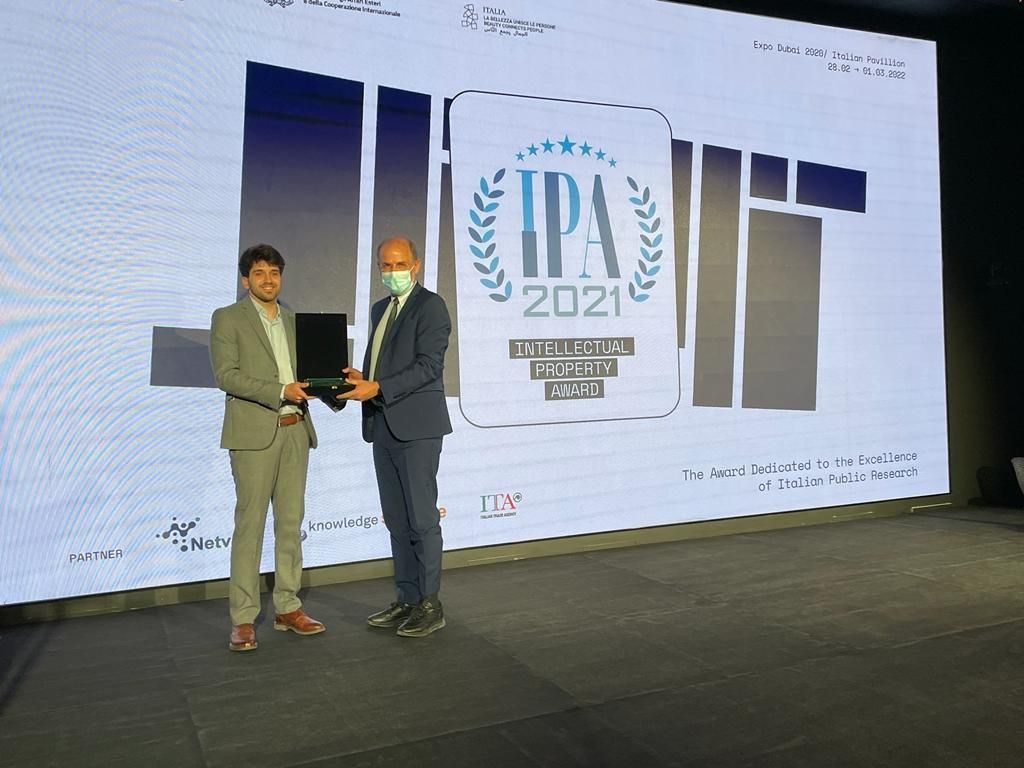
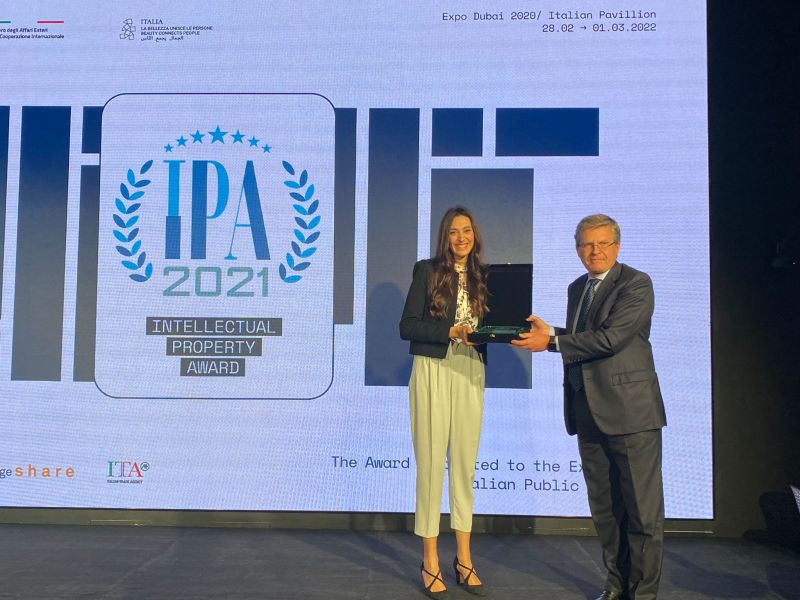
APRIL
- Paolo Asti, Carlo Carone, Sonia Calzoni, Massimo Roj, Margherita Carabillò and Pasquale Francesco Mariani Orlandi: the Alumni at the head of the 7 projects awarded by Urban File.

JUNE
The winners of the 27th edition of the Compasso d'Oro:
- Antonio Citterio - Compasso d’oro for Lifetime Achievement
- Giulio Cappellini - Compasso d’oro for Lifetime Achievement
- Cini Boeri - Compasso d'Oro for Product Career
- Scale for blood donation called “Milano” | Cefriel
- Springa, founded in 2016 as the brainchild of the three alumni Davide Cevoli, Lorenzo Frangi and Alessandro Trifoni.
- Ricehouse, co-founded by alumna Tiziana Monterisi
- Alumni Naomi Hasuike, Luca Catrame and Andrea Sechi are part of the Makio Hasuike & Co team that created LAMBROgio
- Alumnus Felice Contessini is part of the team that designed E-Worker
- Eduardo Staszowski is among the editors of Designing in Dark Times, ‘a book and a new series to kick-start a reflection on the reasons for and responsibilities of design today’
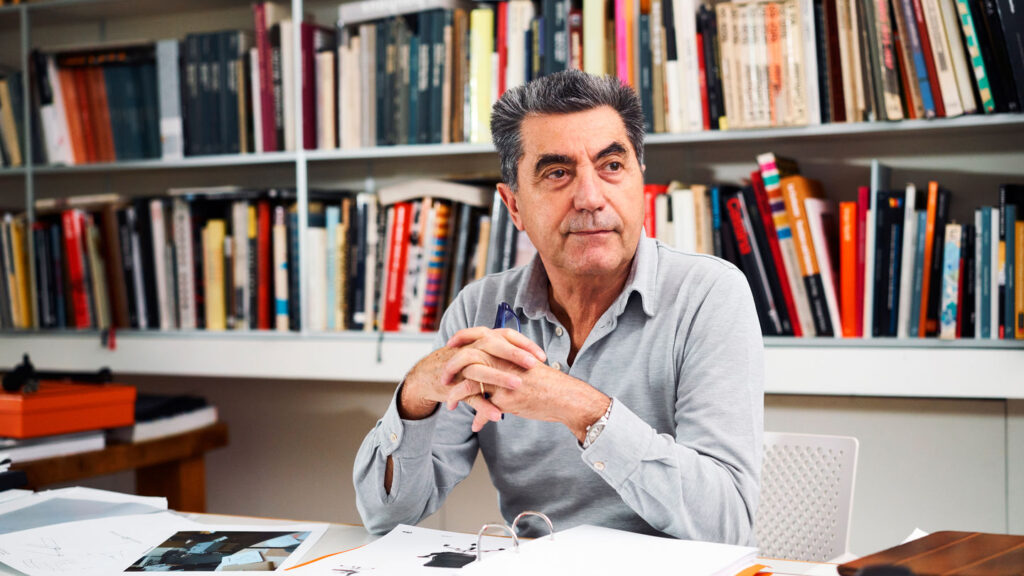
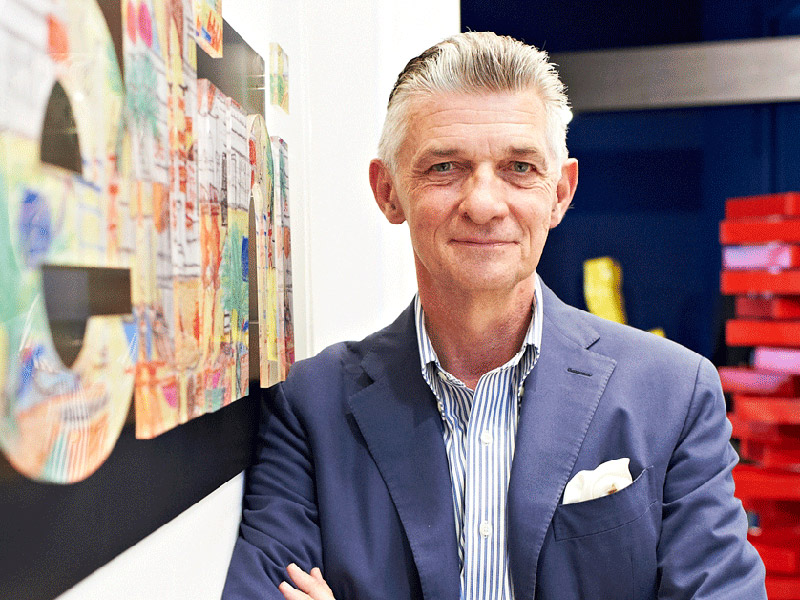
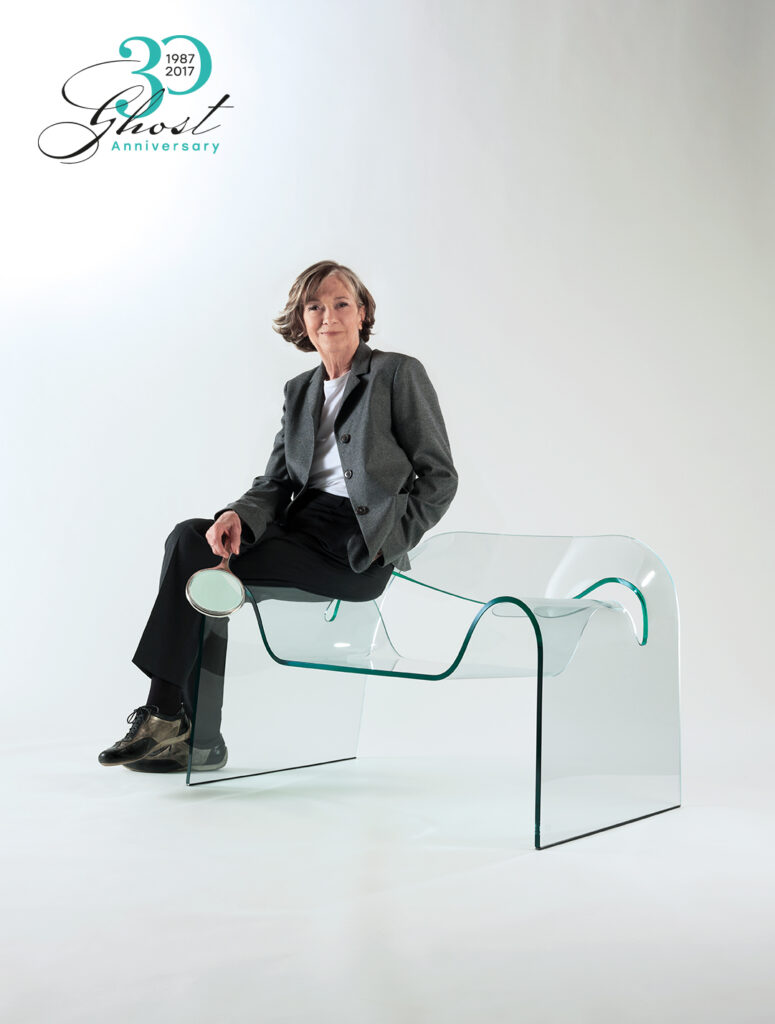
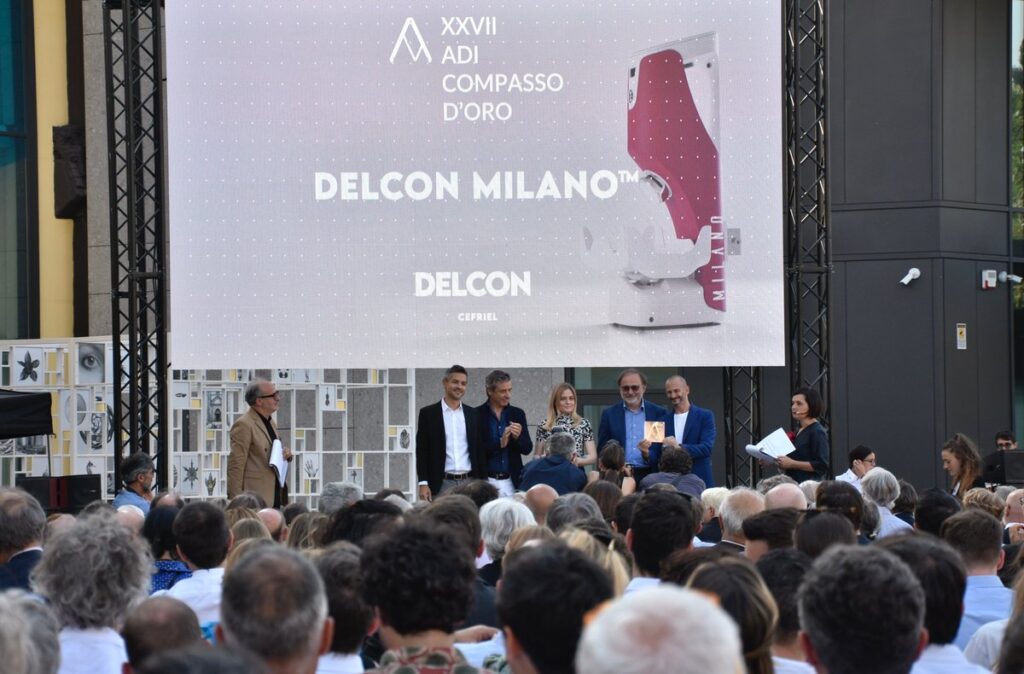
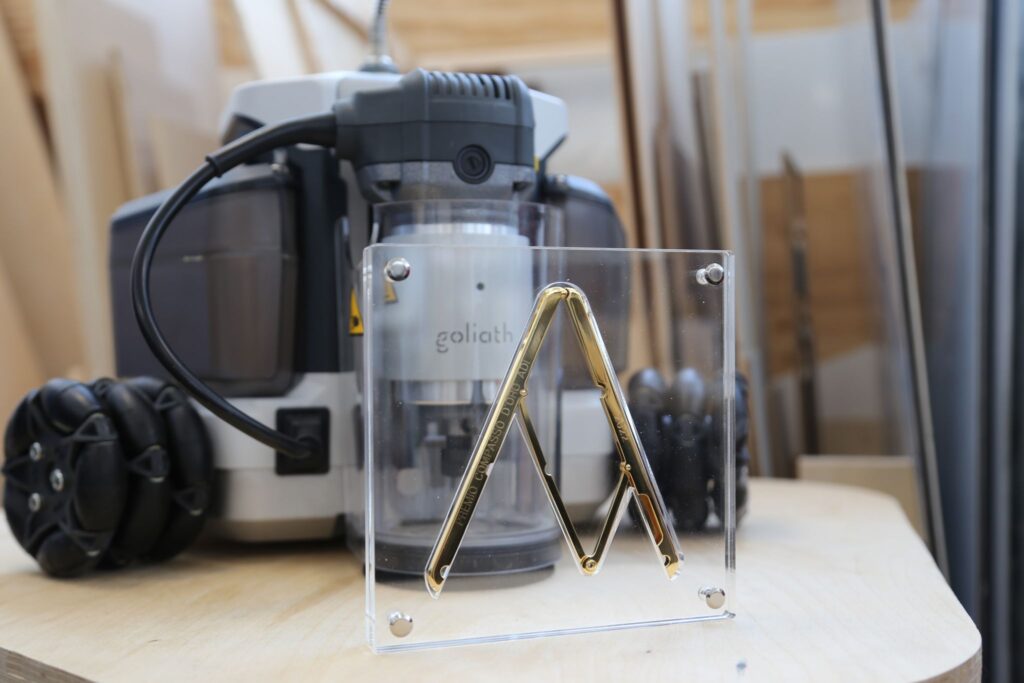
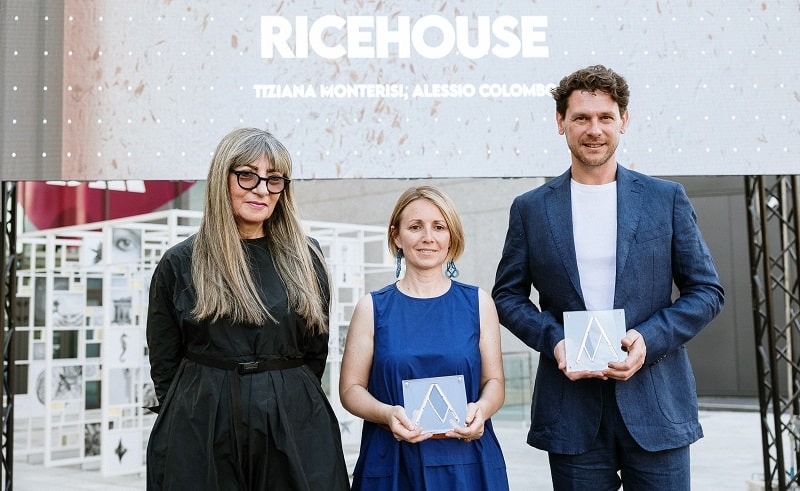
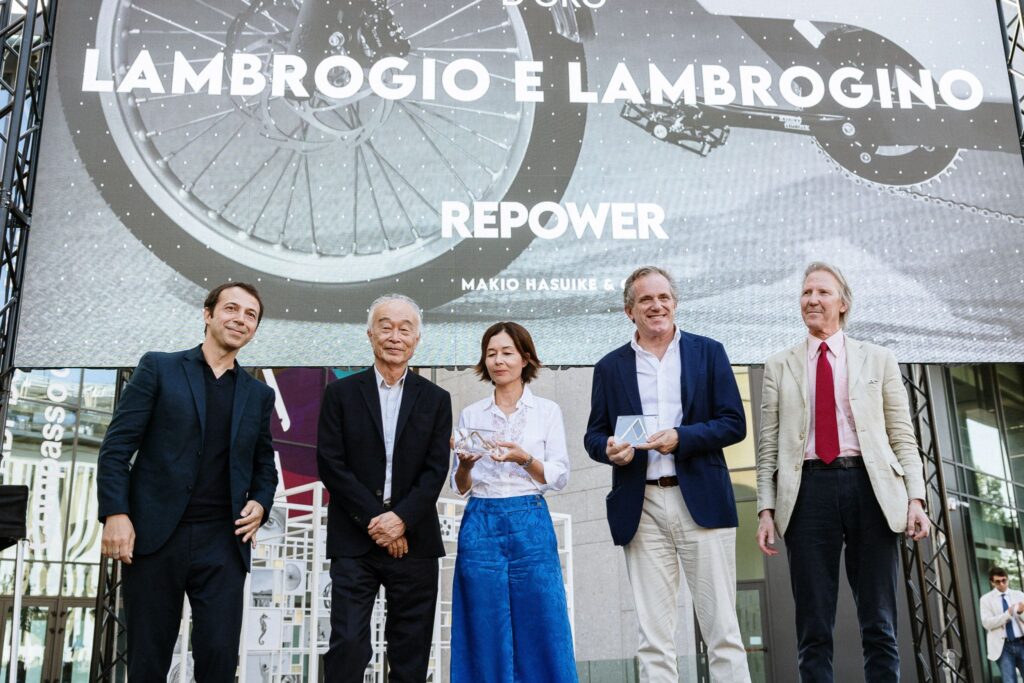
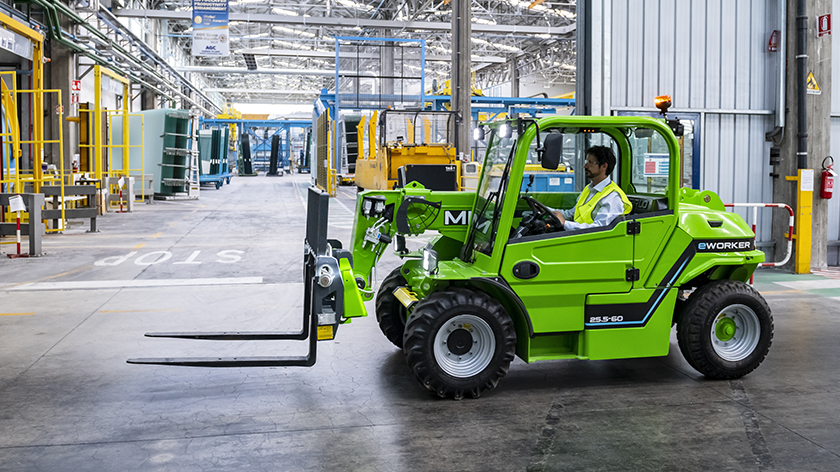
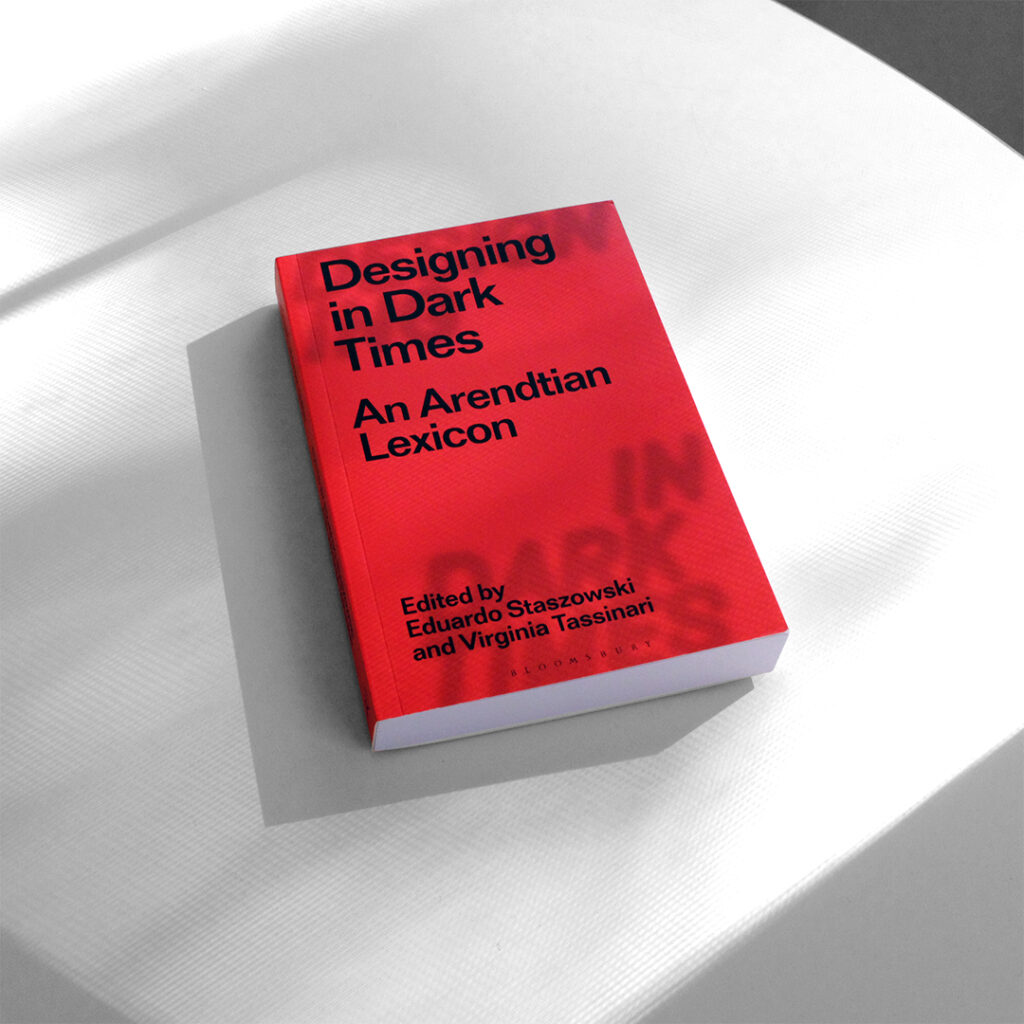
JULY
- Professor Maria Prandini is elected as President of the International Federation of Automatic Control
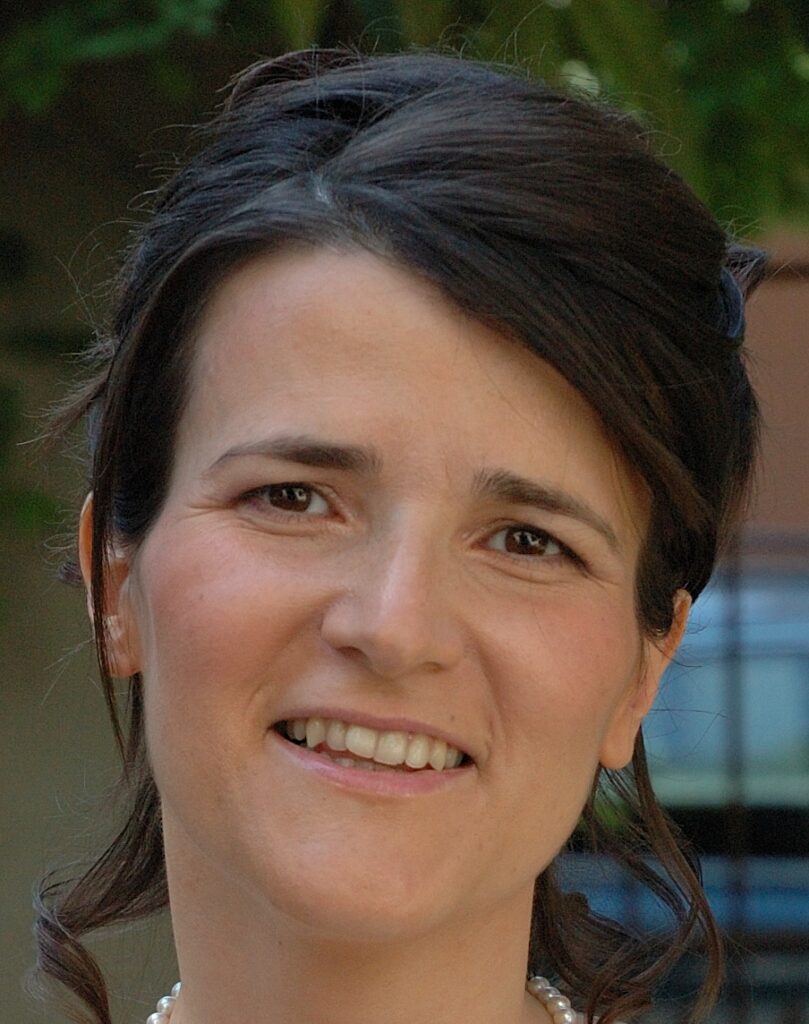
AUGUST
- Manfredi Rizza brings home the gold for Italy at the Canoe Sprint European Championships in Munich - Men's K2.200m
- Pietro Ravasi wins the Italian championship title in powerchair hockey with the Sharks
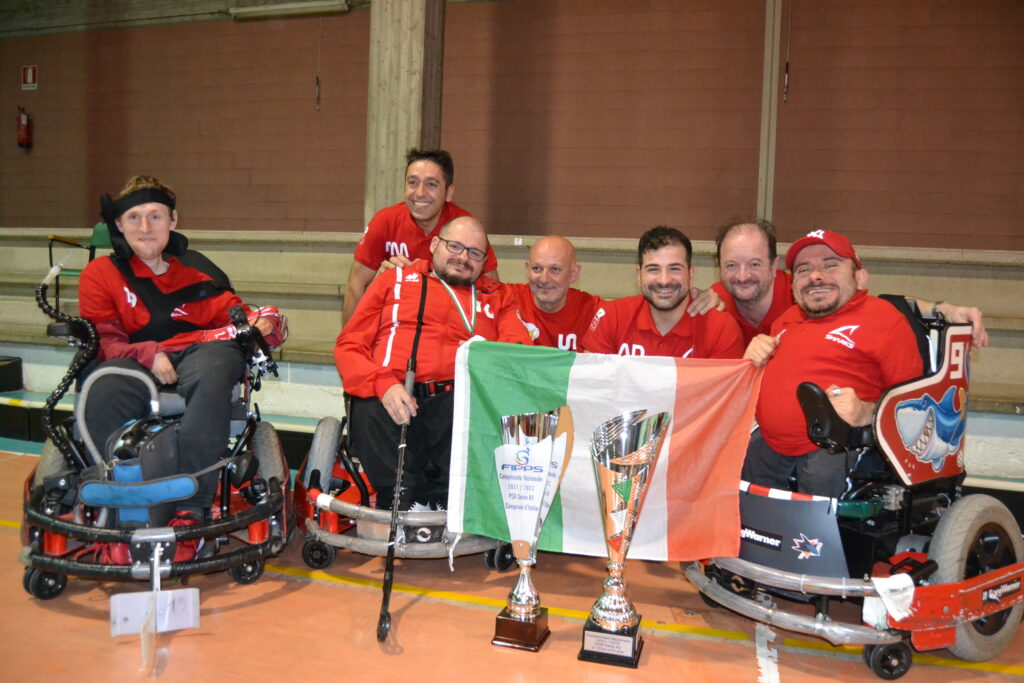
SEPTEMBER
- Eleonora Andreis and Mariachiara Gallia, researchers from the Politecnico, are winners of the prestigious Amelia Earhart Fellowship.
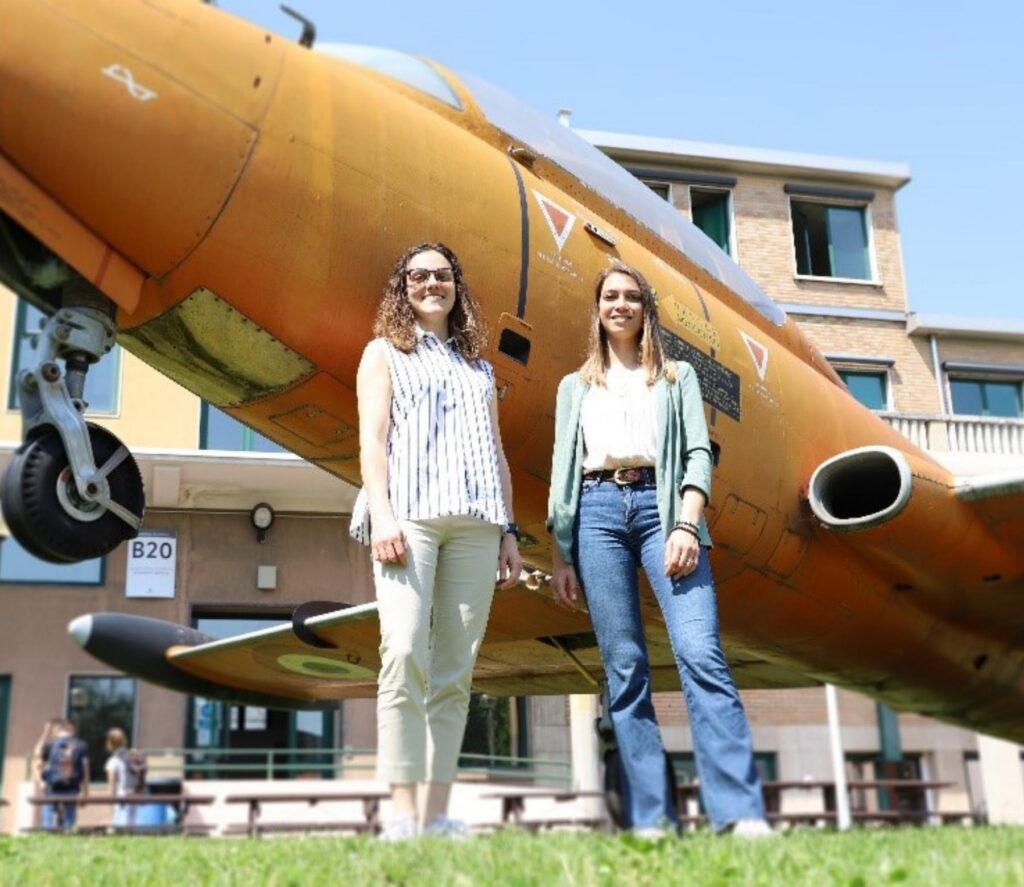
- Annalisa Andaloro, Giulia Rossi and Maria Vittoria Trussoni are the 3 Politecnico Alumnae in the Fortune 40 under 40.

- Biennale 2023: the alumni and architects Giacomo Ardesio, Alessandro Bonizzoni, Nicola Campri, Veronica Caprino and Claudia Mainardi in the Fosbury Architecture collective win the Italian Pavilion project
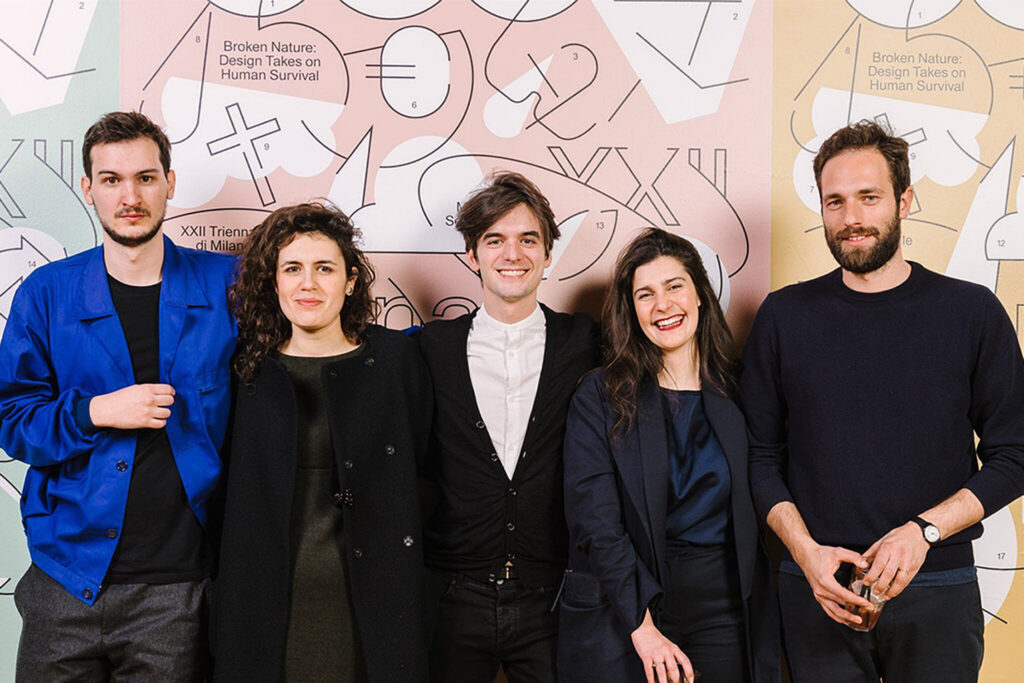
- Giorgia Lupi wins the National Design Award for Communication Design.
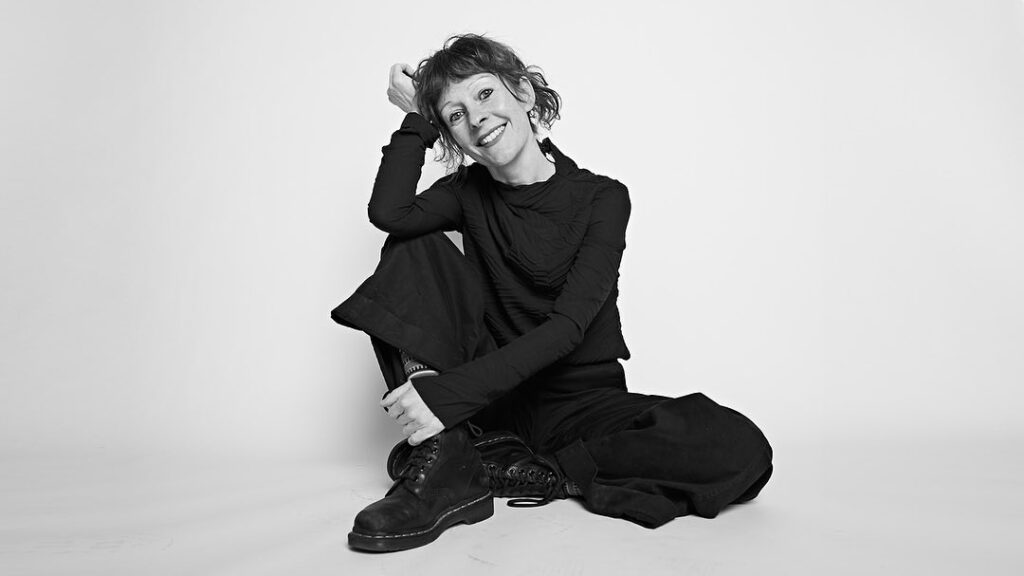
OCTOBER
- Rajendra Kumar, architect and Politecnico di Milano alumnus, is selected from among the Most Admired Education Influencers in India
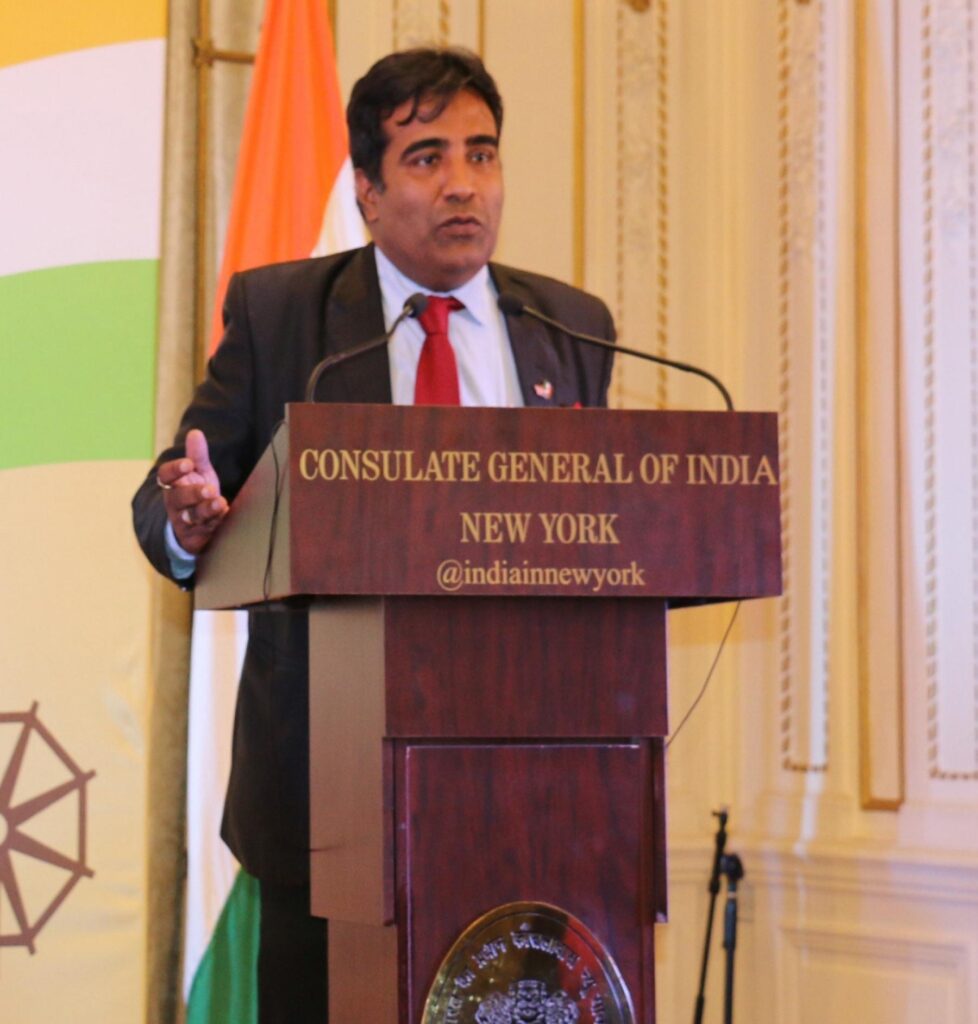
- In the presence of Sergio Mattarella, the winners of the Eni Award 2022. These included the multi-award winning Synergy Flow, created by three Alumni and Politecnico researchers, and Ricehouse, a start-up by Alumna and architect Tiziana Monterisi.
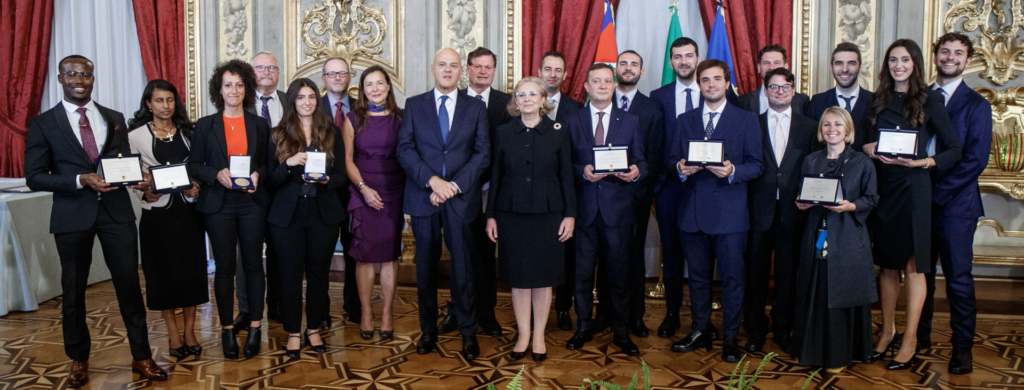
NOVEMBER
- Emanuele Preve, Management Engineering Alumnus and CTO and Managing Director of Riso Gallo, together with his brother Riccardo won the 25th edition of the Ernest&Young award reserved for entrepreneurs of companies with at least 40 million turnover in the food&beverage category, for "being a family that has been committed for more than 160 years to spreading the culture of Italian food around the world"
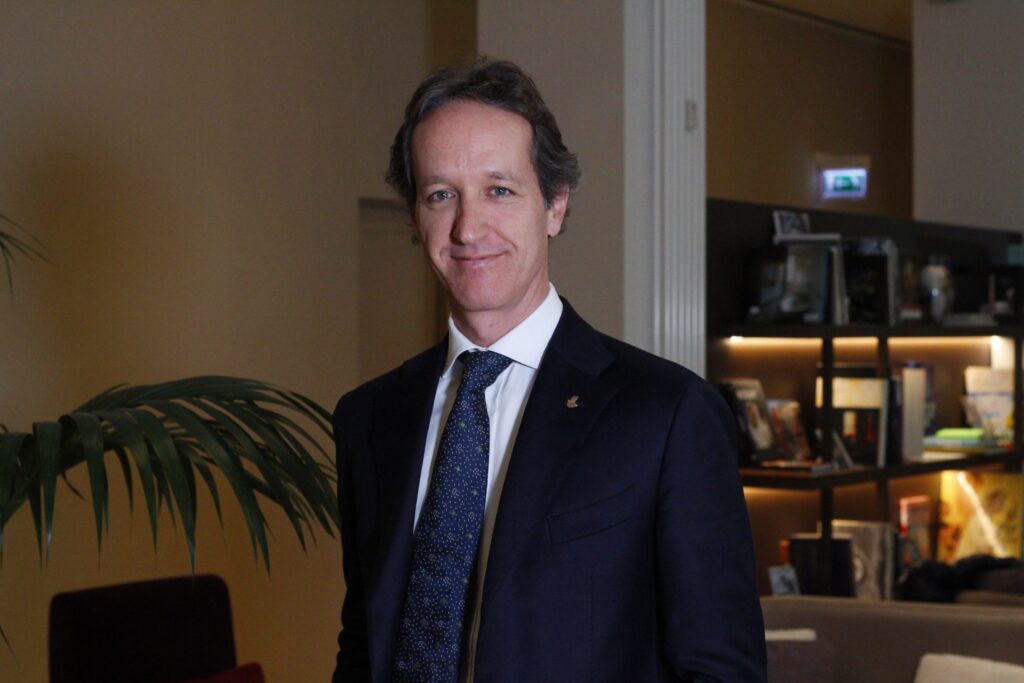
- Alumna Elena Bottinelli, an engineering graduate and Head of Innovation and Digitalisation at the San Donato Group, has been included in the list of the 50 Most Powerful Women by the magazine Fortune Italia.

DECEMBER
- Paola Scarpa, Management Engineering Alumna, is one of the winners of the Standout Woman Award, an international award dedicated to women who have distinguished themselves through their talent, courage, sensitivity, determination and actions, becoming an example to new generations.
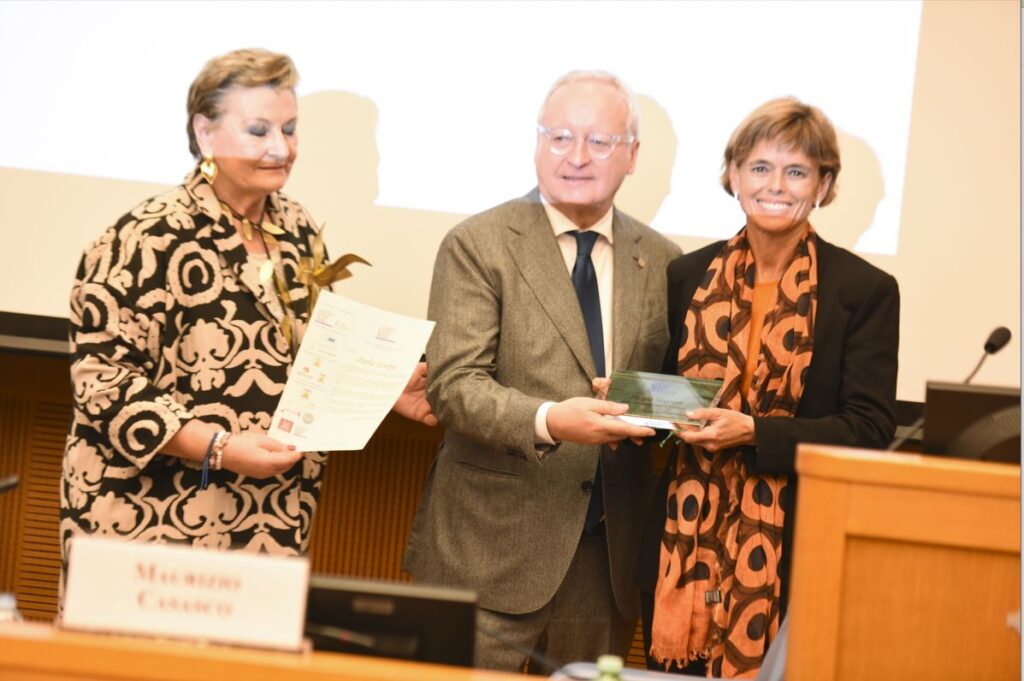
Read the full story in MAP issue 11 starting from December


URBEM: a national database of reference buildings to assess energy saving measures
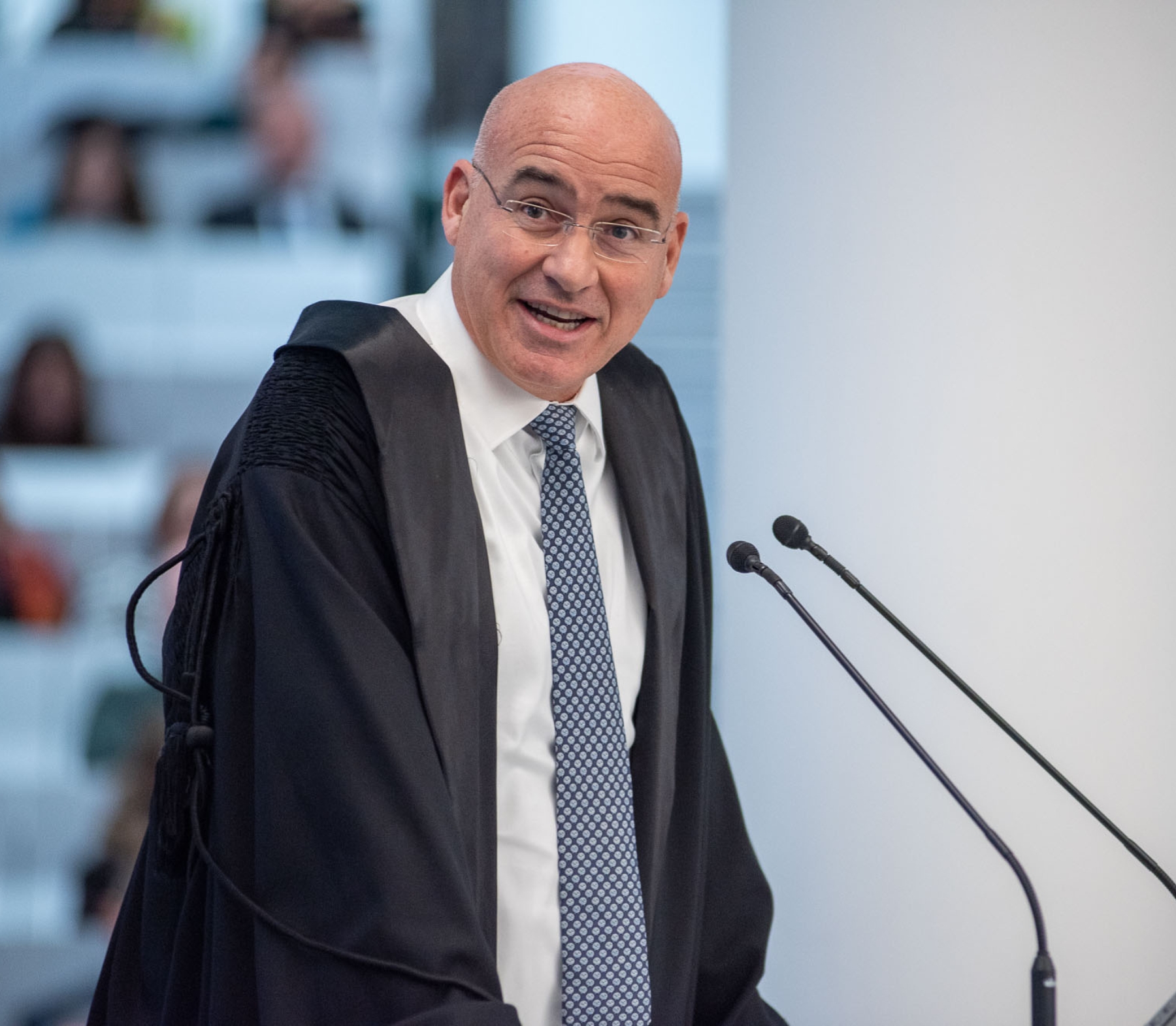
Inauguration of the 160th academic year at the Politecnico di Milano
From focussing on social challenges to synergies with institutions and businesses: this is the balance struck by the Politecnico di Milano - and the outgoing Rector Ferruccio Resta Resta - at the inauguration of the 160th academic year. And it is on this basis that we will continue to build from 2023, which will see the new Rector Professor Donatella Sciuto in office.
The ceremony, held on 30 November 2022, was attended by Anna Maria Bernini, Minister of University and Research; Attilio Fontanta, President of Lombardy; Giuseppe Sala, Mayor of Milan; Benedetto Vigna, CEO of Ferrari; and Marta Ghidoli, President of the Student Council. Benedetto Vigna delivered the Lectio Innovation and Scientific Method.
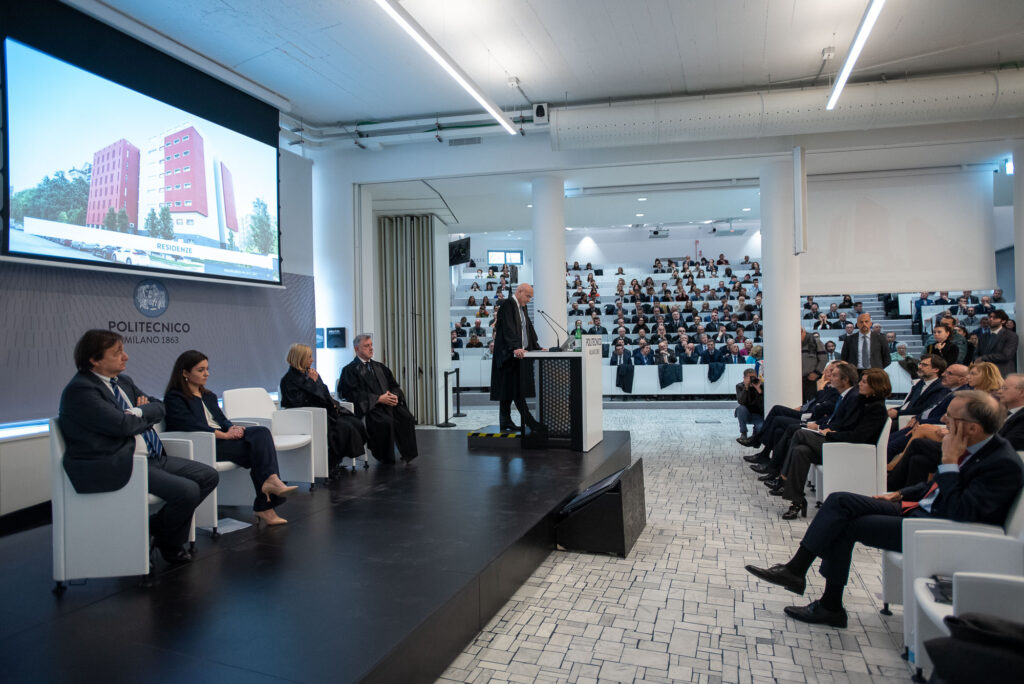
On this occasion, the Rector took stock of the activities over the last six years, with a critical look at the university’s work and its impact on the socio-economic context.
‘The university system has a guiding role that we must keep as bold, open and free as possible’ the Rector commented. ‘In doing so, we must be more courageous in implementing genuine reward policies, something that does not only concern the university, but the entire country. “Generate excellence” or “reduce gaps”? I believe the solution is to enhance diversity so as not to cause the system to regress. We must have the courage to strike a difficult balance between those institutions that operate at international level and those that fulfil the equally important task of serving their local territory’.
In keeping with the polytechnic tradition, the utmost attention to research- the heart of the university vocation - has characterised this mission, with the university at the frontier of the most complex challenges: from space to biotechnology, quantum technologies, big data, artificial intelligence and social challenges. Research that goes hand in hand with teaching, that enhances it with the aim of producing young polytechnic students to govern these challenges in the future. The centrality of the Politecnico's social impact and, therefore, its relations with businesses and with the various laboratories set up in collaboration with companies (we have talked about the laboratories here) brings us full circle.
The Rector closed his term of office by symbolically passing the baton to the Rector-elect, Donatella Sciuto. Passing an important legacy to her: the construction of the new Campus in Bovisa, which bears the signature of Architect and Alumnus Renzo Piano'Open, green and permeable': this is the future of the Politecnico.
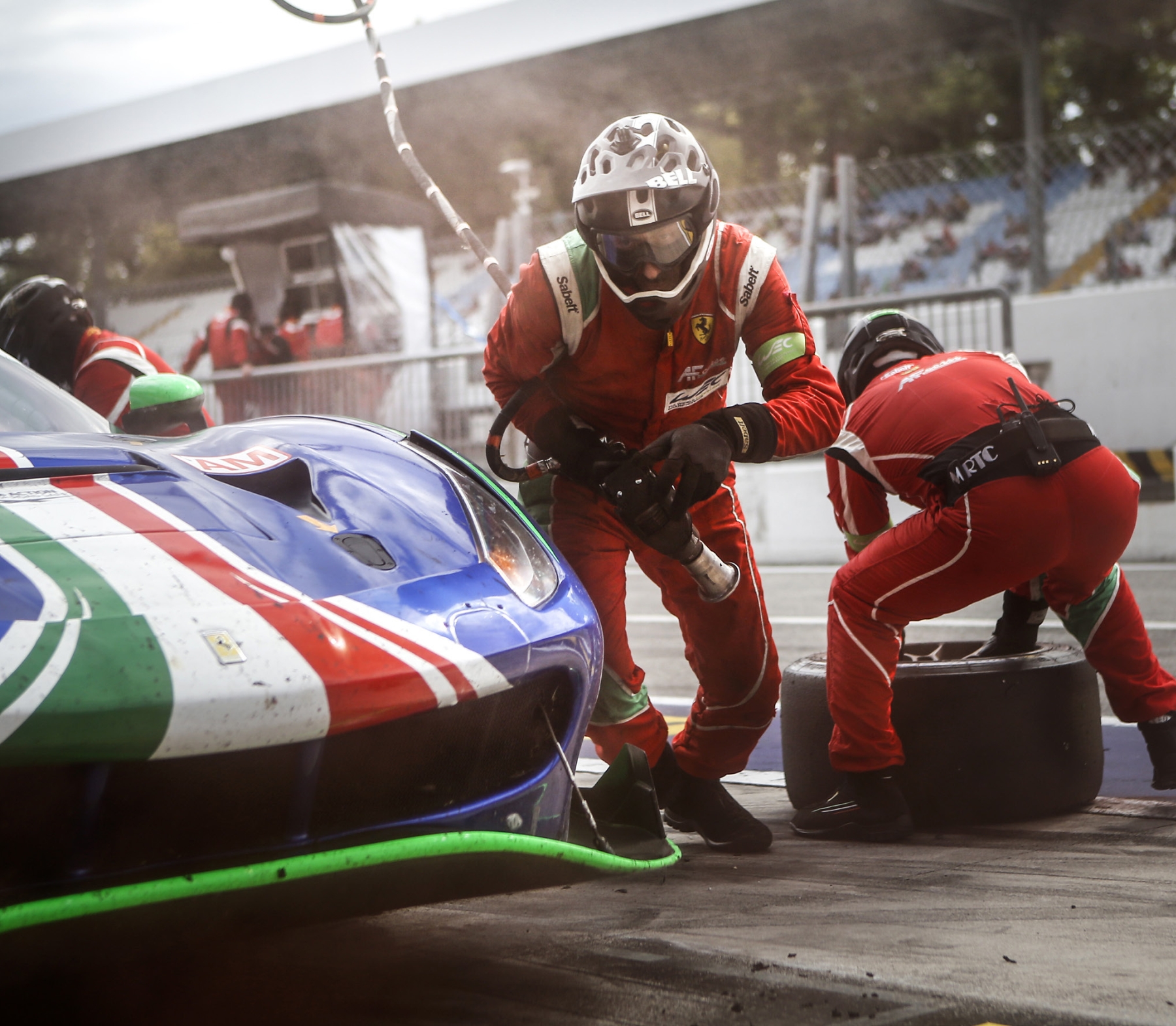
Monza racetrack, one hundred years of history, all at speed
ON 3 SEPTEMBER 1922, at 9:30 am, in the Villa Reale in Monza there were three Fiat, two Diatto, one Bugatti and two Heim. 100,000 spectators in the grandstands, for the first Grand Prix of the newly created Monza circuit. Among these, two thousand Fiat workers arrived on a company train to ensure that those on the shop floor shared the experience that was also the result of their work. The track was 10 kilometres long, to be covered eighty times. Crossing the finish line in the rain, with an average of 140 kilometres per hour aboard a Fiat 501, was Pietro Bordino. To celebrate the victory and bring the top three finishers to the grandstand, the audience invaded the track after the race was not yet over.

On Saturday 3 September 2022, the race track celebrated its centenary milestone and the history that has run over the track in a century. Among the many, the names of Tazio Nuvolari, Niki Lauda, Ayrton Senna, Michael Schumacher, Lewis Hamilton, who in 2020 set the absolute record of the circuit with the highest average ever in the history of Formula 1, are In the Roll of Honour of the Grand Prix; but there were other historical events, in April 1945 a parade of Allied armoured vehicles broke up the track surface on the straight in front of the grandstand, from here the Giro d’Italia starts and arrives. And we wanted to trace an ideal course of these hundred years, together with Alumnus Umberto Andreoletti, since 2015 Director of Operations of the Autodromo Nazionale Monza circuit.
‘If I had to summarize the work of our office - explains Andreoletti - I would say that it is the troubleshooting office, because it manages the productive, technical and logistic part; it is as if we were working on a big puzzle where everything is interconnected. Our goal is to ensure that the public and customers return home happy. And above all with their own legs, in total safety. This is our diktat’.
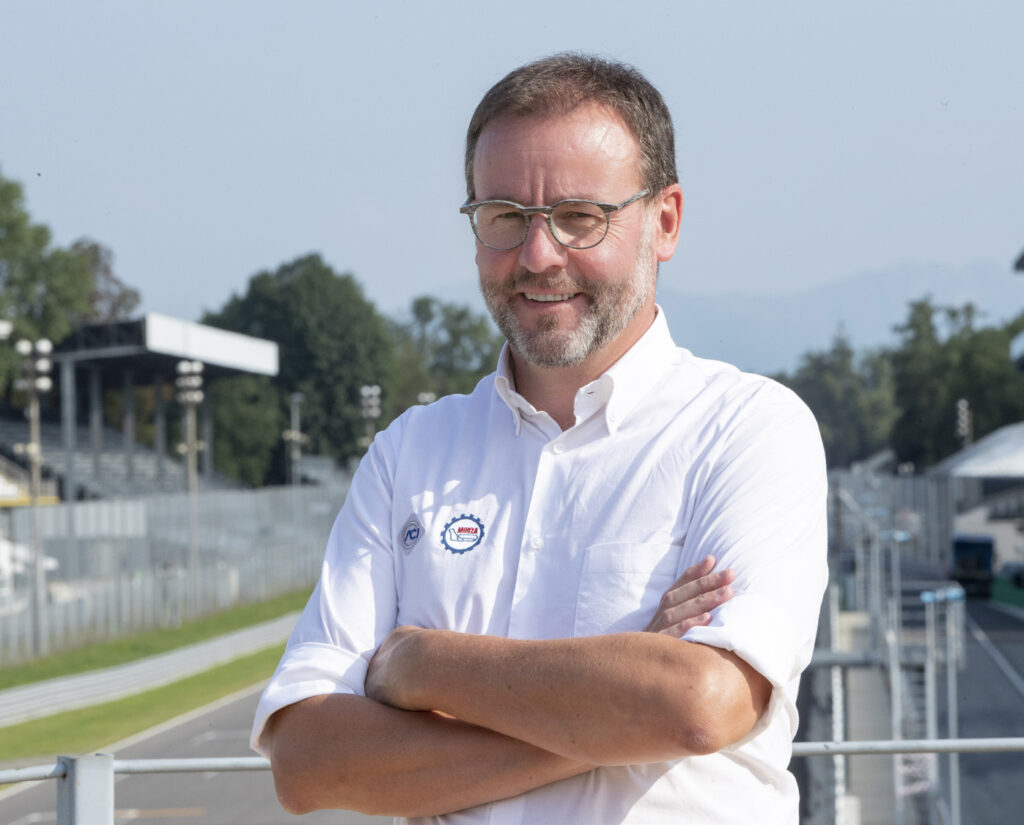
We start our journey from the very first time that Andreoletti was part of the Autodromo audience. ‘I was little, I went there with some friends, I must have been a little over ten years old. My father didn’t want it, it was my mother who indulged the passion for motorsport. An avalanche of emotions flooded me. I remember the deafening noise of the twelve cylinders and the outburst of the public. I never thought then that one day I would return to work there. The first time I entered here as a director I discovered that it is a chameleon-like place because it is so vast that you think you are in one place and instead you are in another. This year, on the occasion of the centenary celebrations, it was a record place for a paying public, 90,000 on Saturdays and 130,000 on Sundays. Our task is to understand what the needs of the place are to make it work properly. It is one of the three oldest racetracks in the world and is to be found in a unique context: within the largest monumental enclosed park in Europe, which is itself located in a small town. The park is within the town and the town is within the park. You enter a world of history’.
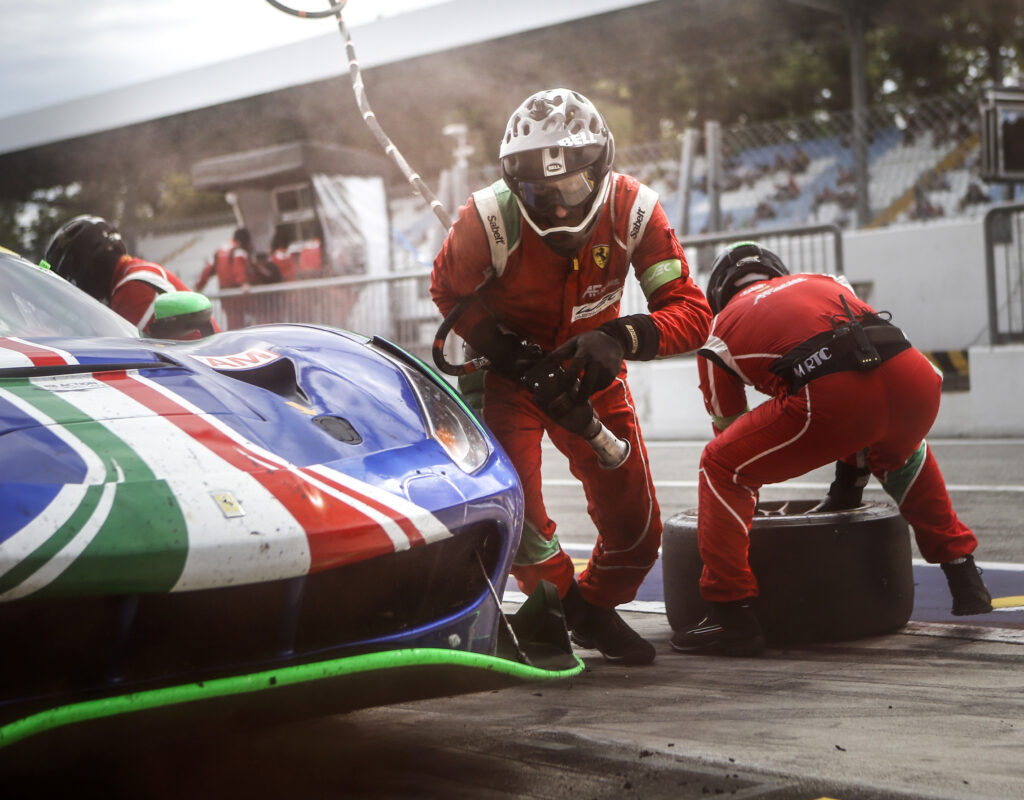

Read the full story in MAP issue 11 starting from December

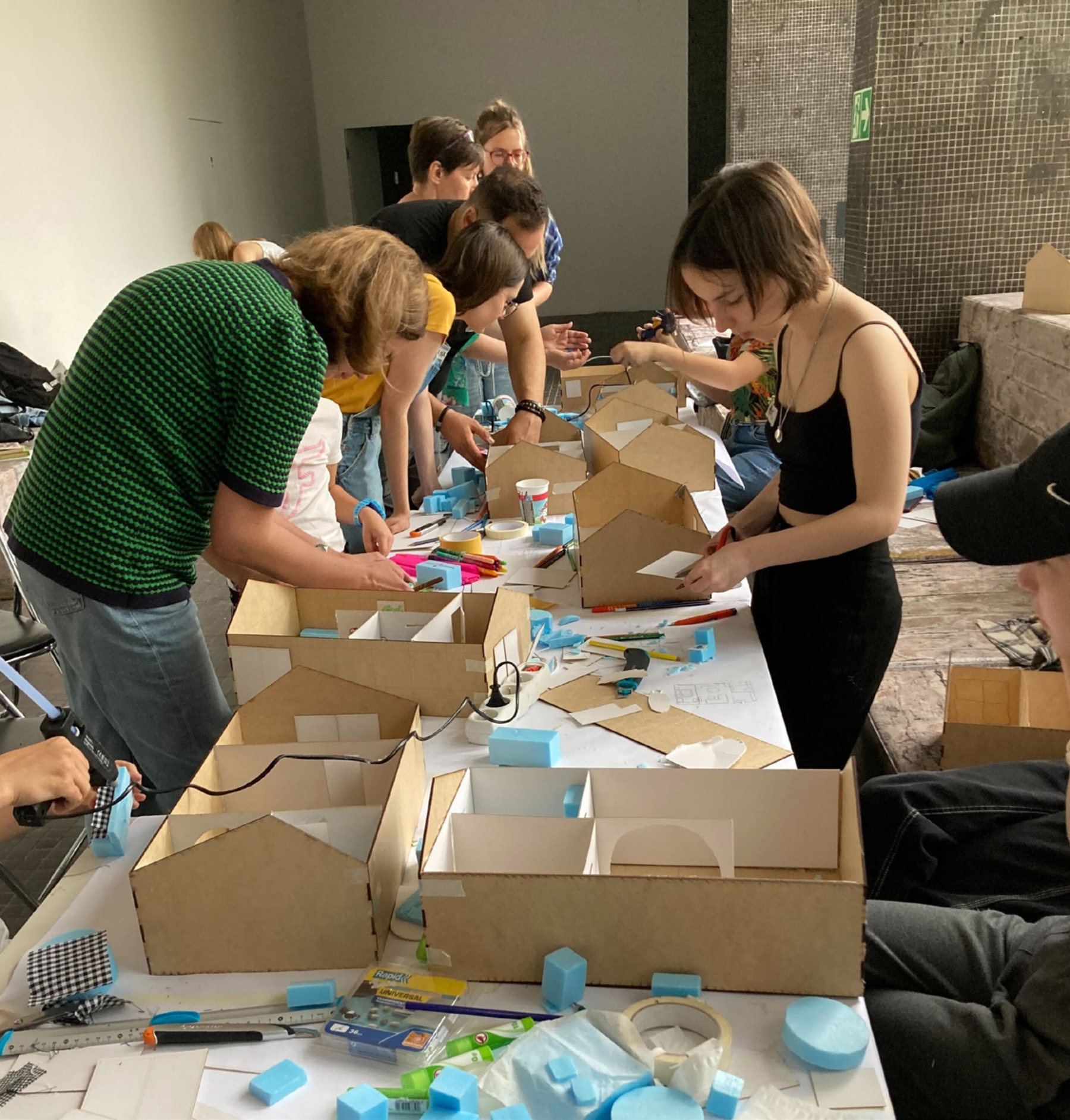
Project Safe refuge: feeling at home elsewhere
‘When the war ends will you go back to Ukraine or do you plan to move permanently to another country? Will you take part in the reconstruction? What do you miss most? Where do you currently live? What do you want? Where do your children sleep? With how much luggage did you arrive in Poland?’. These are some questions in a housing questionnaire put to Ukrainian refugees in Poland by Project Safe Refuge, an international group of designers of transitional housing units designed for emergency contexts. The answers are used to create homes that are not impersonal but that welcome guests making them feel more at home in some way.
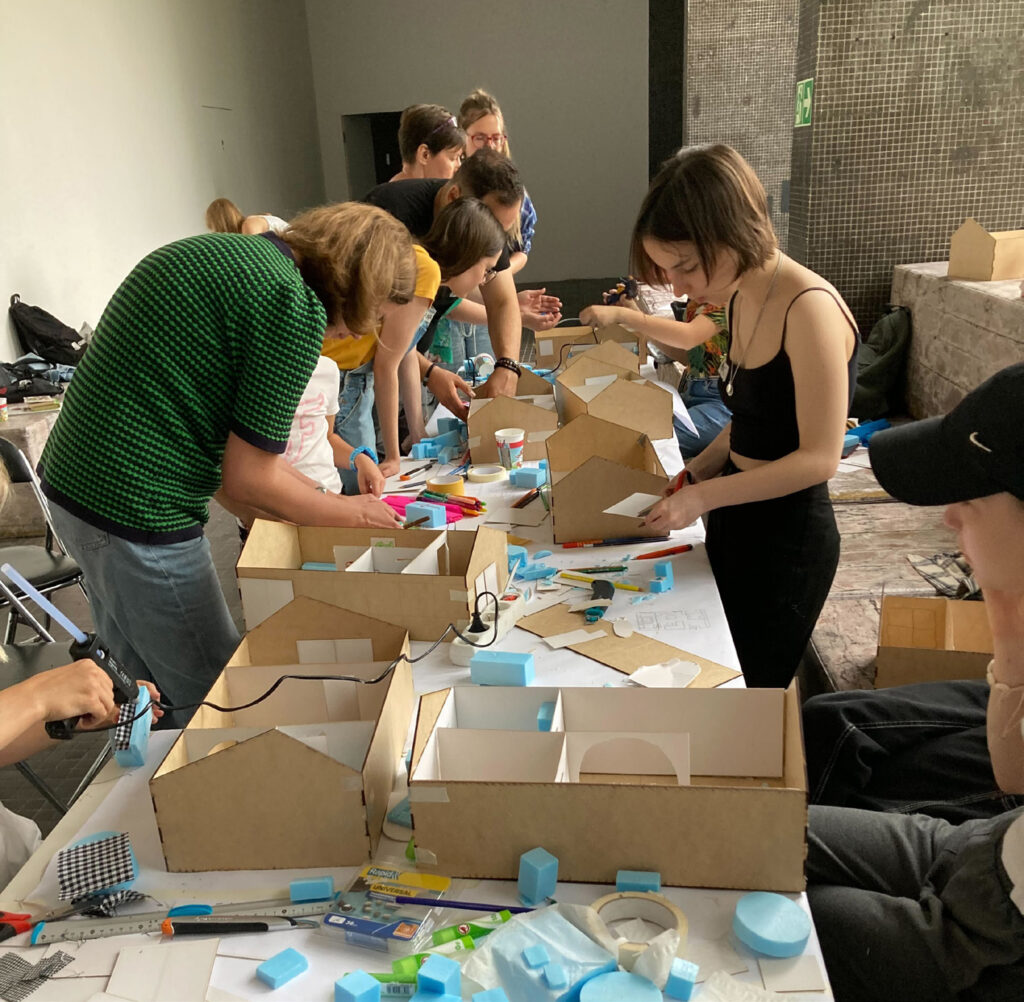
The idea arose in March 2022, as Nadja Strikovic, architecture Alumnatells us: ‘I found out about the initiative on the LinkedIn page of Kika Zdziarska, a Polish student who studies in Delft, the Netherlands, and whom I had met when she was also attending a three-year degree at the Politecnico di Milano. Together with Kasia Antoszyk, another Polish student, she had just started working on this idea and so I joined them.
one on a research level, by contacting organizations similar to ours in the international arena, with a focus on Poland and Ukraine. The other line of research focuses on the technical and construction field, we are looking for companies and organizations that are willing to build our project on site, so as to avoid large costs of transporting materials and housing units, and also to speed up processes’.
‘We are understanding if we can cover the costs in building the housing unit prototype: a basic module of about 33.5 metres by 67.5, corresponding to a minimum size that can then eventually be extended in length and height by adding other modules. This size allows us to accommodate a bathroom, kitchen and a space in front large enough for a sofa bed or two single beds or a double bed. We imagine it as a very flexible base with a structure made of OSB wood panels, insulated with local materials recovered from waste from local companies and businesses. The doors and windows will tend to be in PVC. We would like to achieve something that is not alien to the lives of refugees. Even if they will be temporary, we would like something in the furnishings and spaces to remind them of their original homes’.
Currently, the group is trying to complete the development of a complete unit to be built possibly in Ukraine. They have launched crowdfunding to finance its success.
Read the full story in MAP issue 11 starting from December


